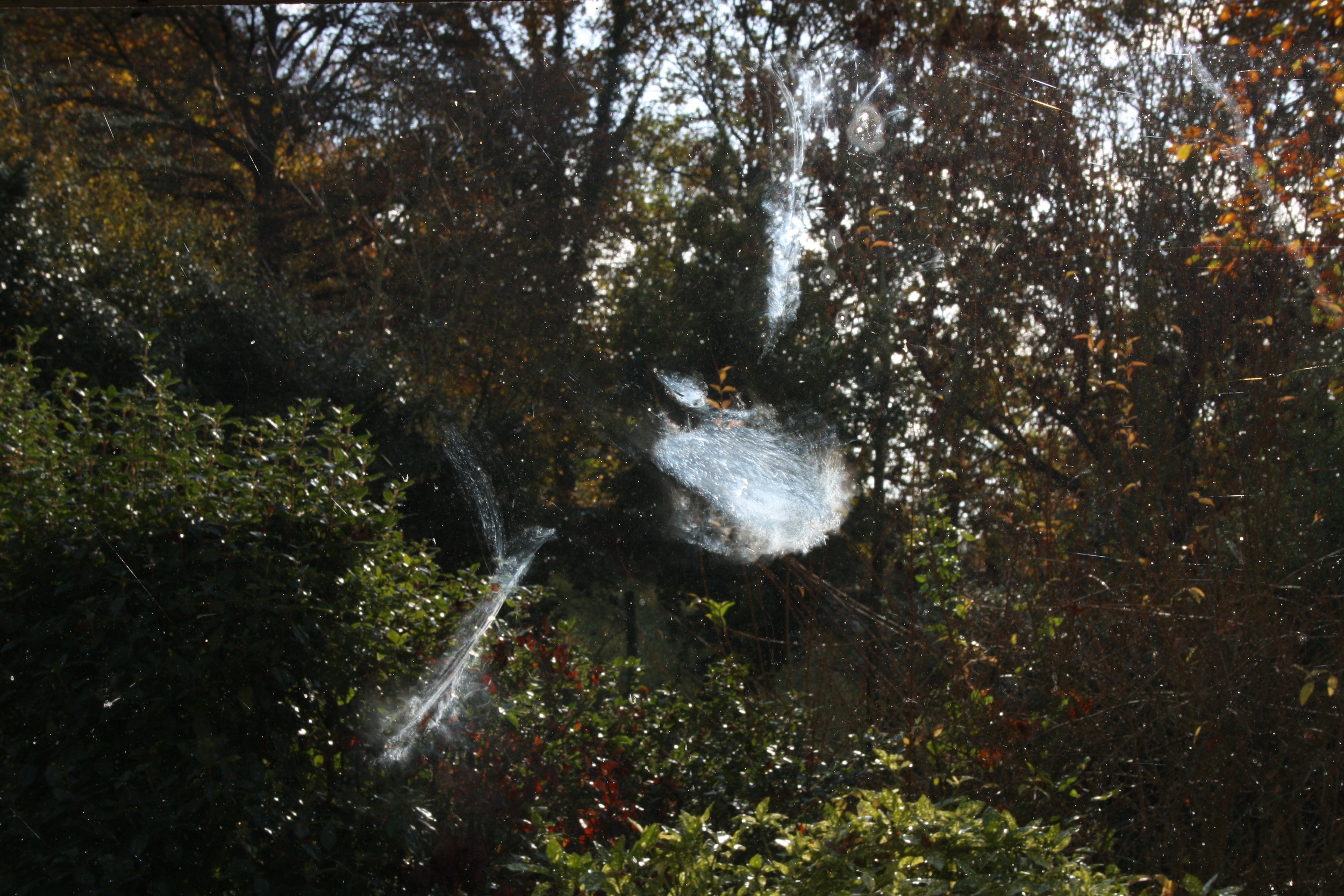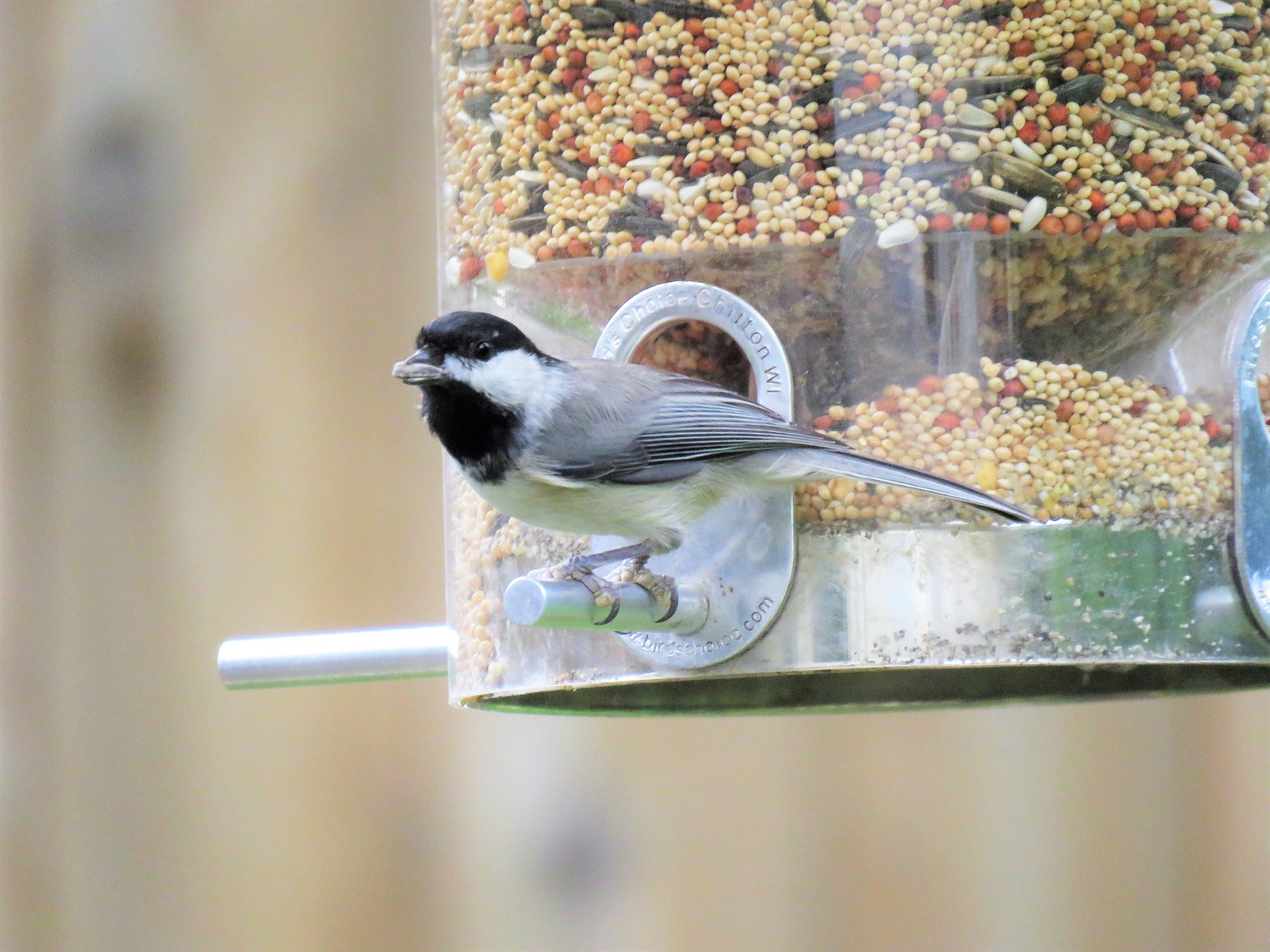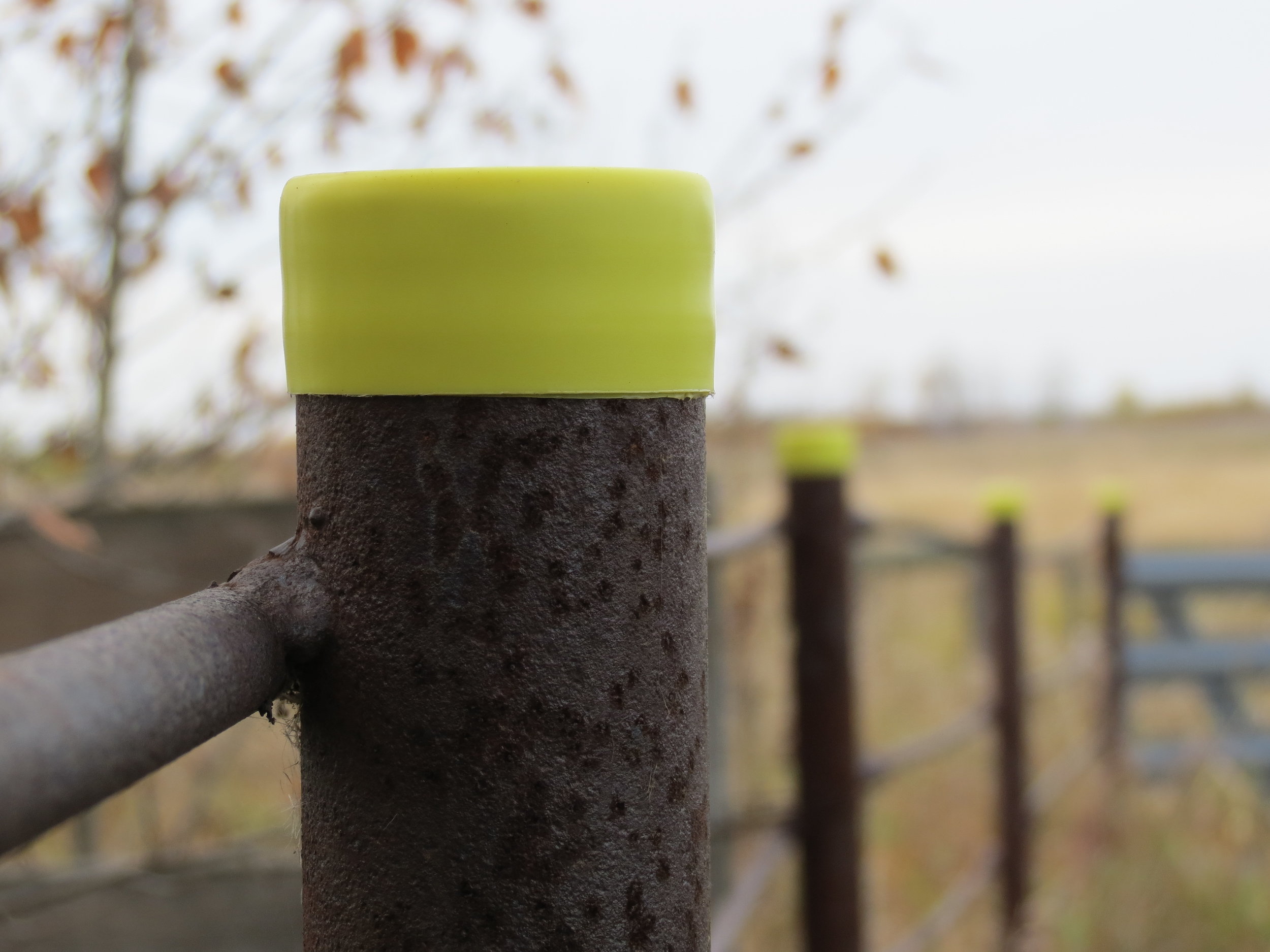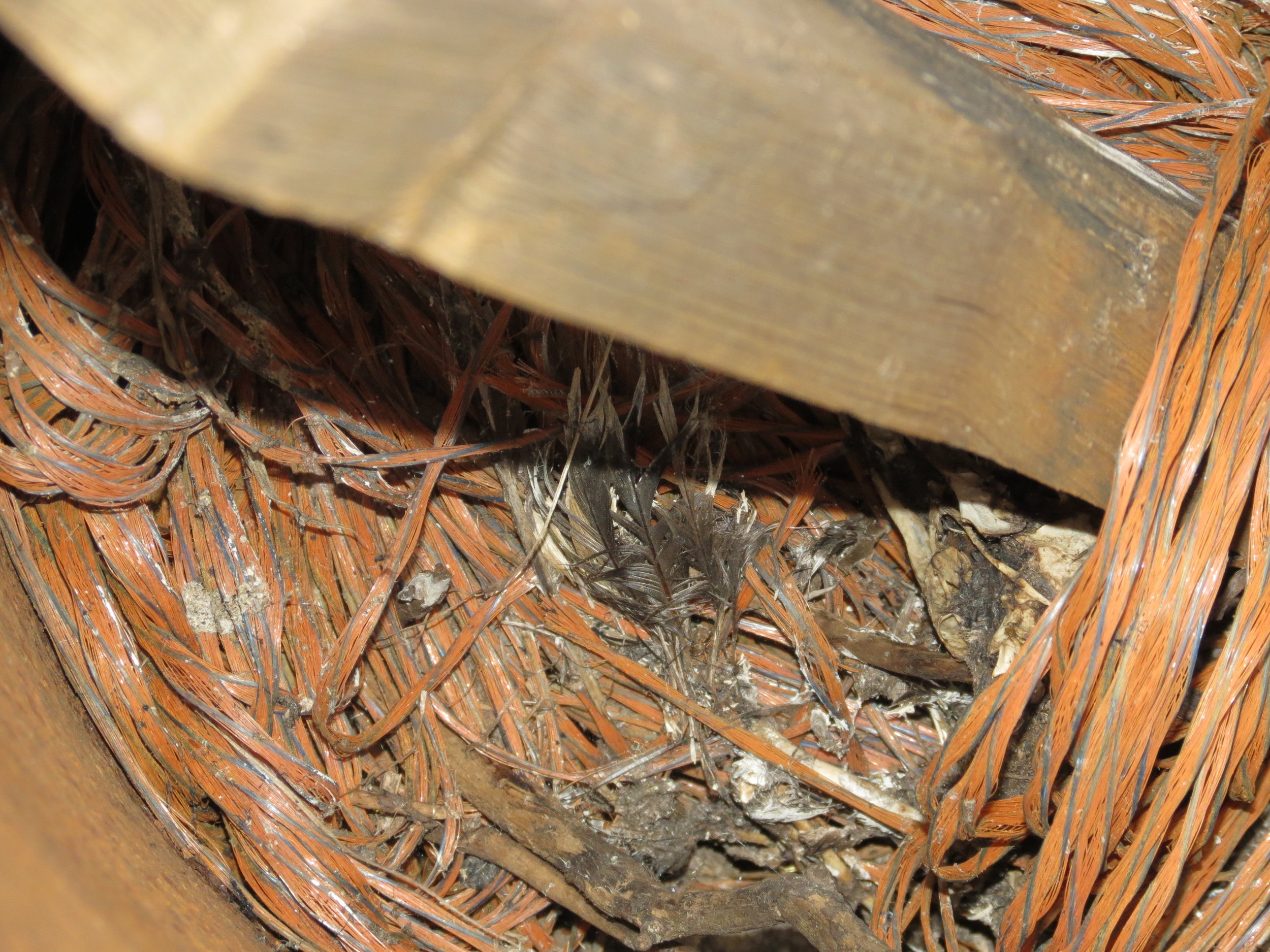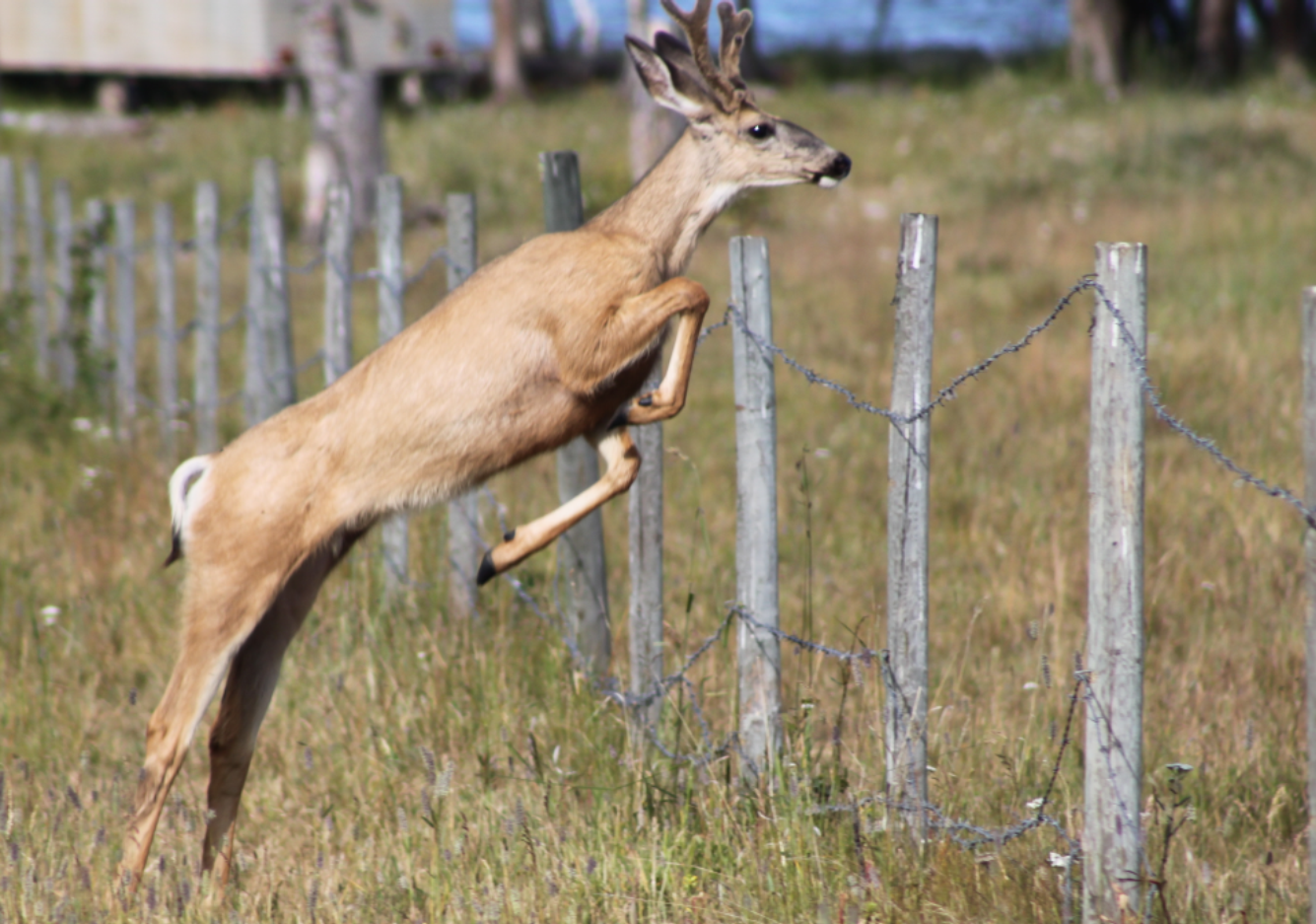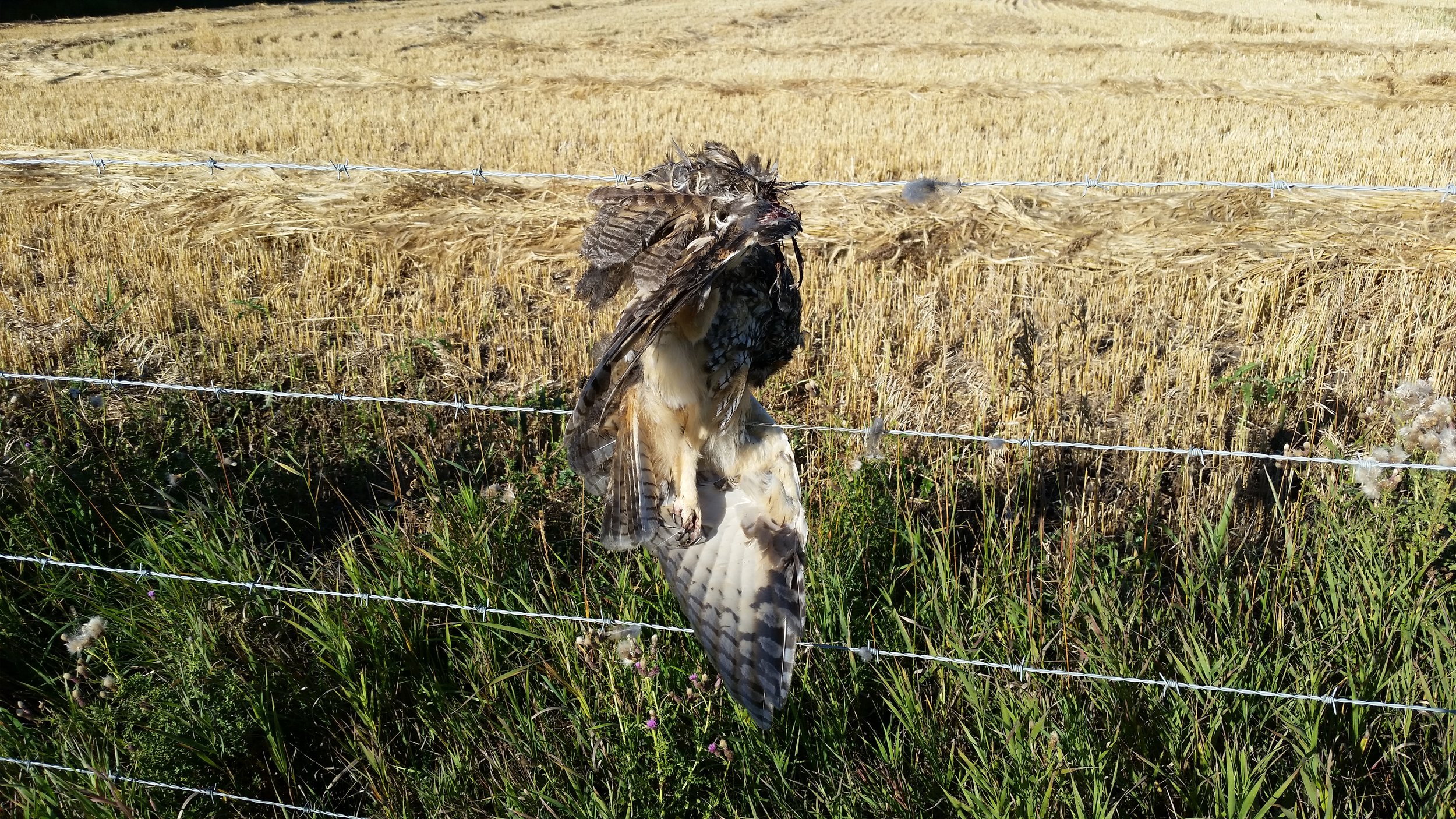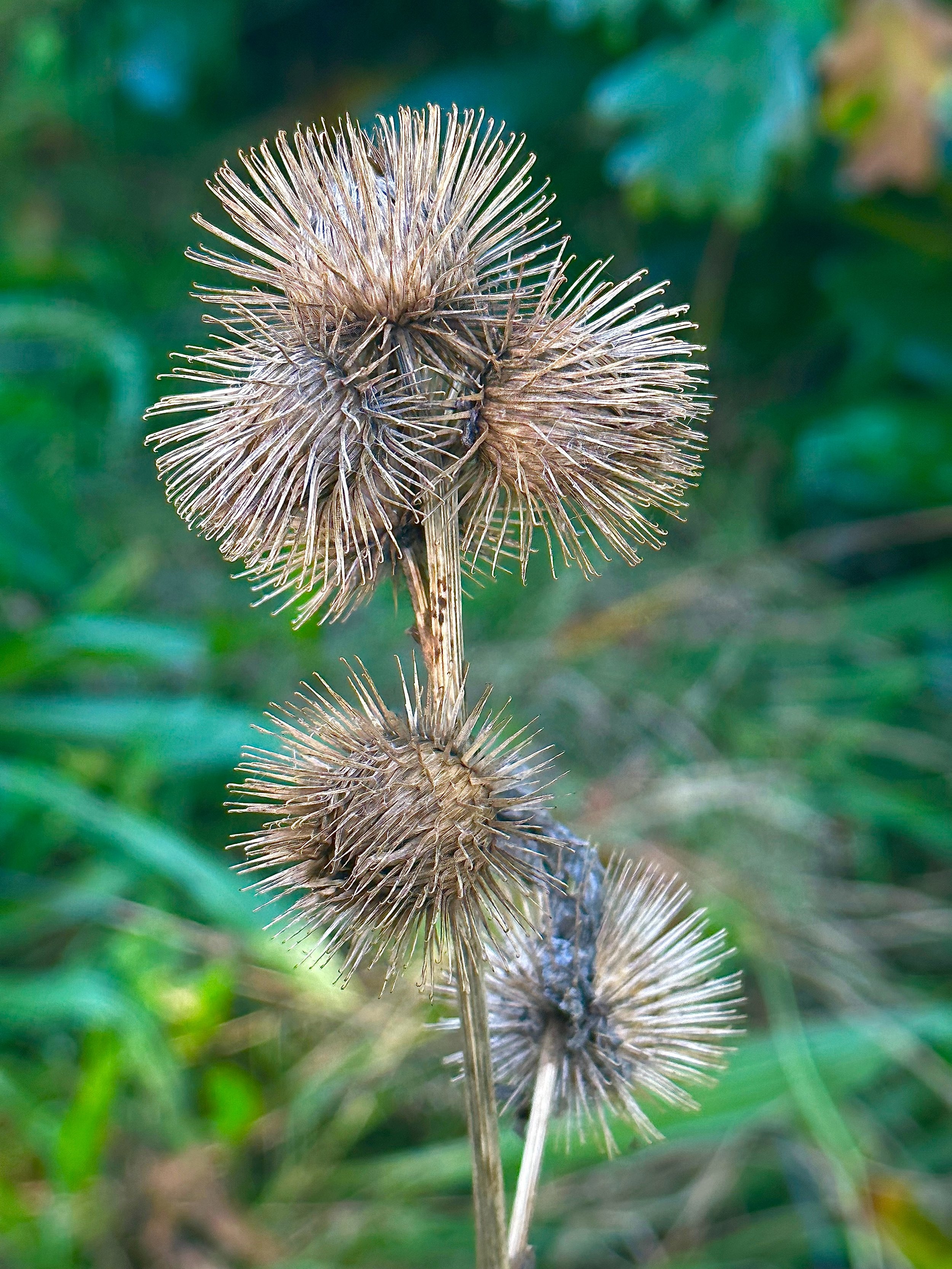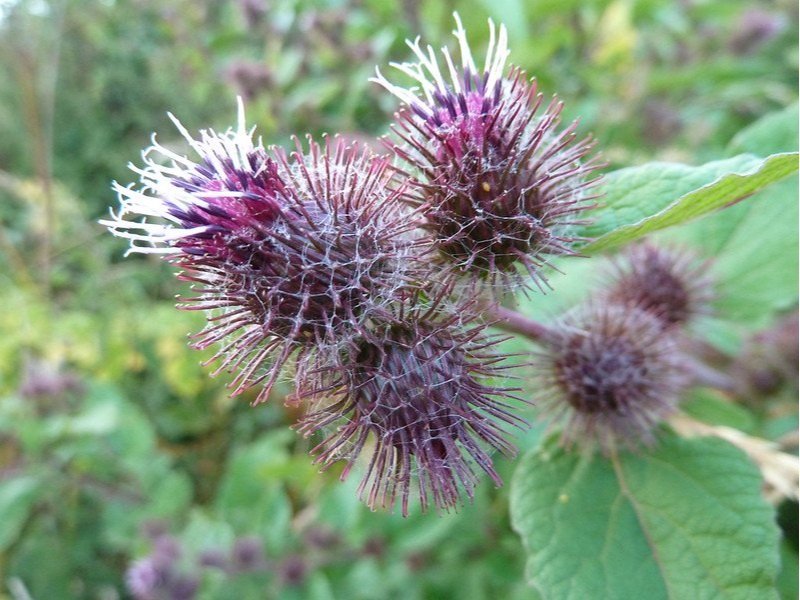The Edmonton region is fortunate to be home to a wide diversity of wildlife, from birds, to carnivores, to pollinators, to plants of all shapes, colours, and sizes. It's our responsibility as neighbours to make sure that we adapt our spaces to accommodate wildlife in a way that ensures their safety. Human structures, activities, and even our beloved pets can endanger wildlife, even if there was no harm intended.
Whether it's an acreage, a yard, or a balcony, everyone can contribute to making habitats safe for wildlife.
Windows
Collisions with windows kill an estimated one billion birds each year worldwide. During the day, birds see through windows, not realizing there is an obstruction, or they may see the reflections of trees or the sky and think that there is nothing in their way. At night, nocturnal migrating birds are lured by lights left on in high-rises and other buildings.
You Can Help
Place bird feeders and baths within one metre or further than ten metres away from a window.
Place decals on large windows. Some stores sell subtle decals that reflect ultraviolet light, which is visible to birds but not to humans.
If you work in a tall office building, turn lights off at night and motivate colleagues and your building manager to do the same.
Want more suggestions for how you can stop bird window collisions? Try some of the links below.
Cats
Predation by cats is the leading cause of songbird deaths, with over 100 million deaths estimated annually in Canada alone, and some estimates place this number much higher, closer to 200 million.
You Can Help
Keep cats indoors - This is the most effective way to prevent wild birds and your cat from being harmed. This is especially important during migration and breeding seasons.
Other options - If you let your cat outside, consider keeping them on a leash or harness, or keeping them in an outdoor enclosure.
Find out more about how to keep cats and birds safe in your backyard.
Photo: Matthew Sakiestewa Gilbert
Open Pipes, Window Wells, Rain Barrels, and Buckets
Fledglings, baby hares, and even frogs can get trapped in open pipes, posts, window wells, rain barrels, and buckets. These animals may not be able to fly back or crawl out of these structures after landing inside.
You Can Help
Check to see if you have open pipes or gate posts on your property and cover them appropriately, such as with plastic pipe caps.
Remove any pipes or posts that are unnecessary.
Install covers or screens on your window wells and rain barrels to prevent wildlife from falling in.
Store outdoor buckets upside down so they don't fill with rainwater. Alternatively, place a stick inside a bucket of water so wildlife have a way to climb out.
Vents
Private residences and buildings all have a variety of vents. Improperly covered dryer or stove vents are a popular spot for sparrows to nest. The sparrows collect nesting materials to line their nest and this can create a fire hazard in your vent.
You Can Help
Inspect your vents to ensure they have proper coverings.
Look for and remove bird nest materials in the fall and install proper coverings to prevent future access to birds.
A bird nest that had to removed by dryer vent technicians. Photo: Dryer Vent Wizard
Fences
Studies show that fences that do not meet certain criteria are hazardous to wildlife, causing unnecessary mortality among juvenile and adult wildlife. Deer and moose must frequently jump over fences to move throughout a landscape, but fences that are too high or with wires spaced too close together can snag or tangle their legs. Some fences are a complete barrier to fawns and calves, who are too small to jump over and too large to crawl under.
Birds can also collide with fences, break their wings, impale themselves on barbs, and become tangled in wires. Fencing that crosses water sources is problematic for bats that drink on-the-fly, posing a hazard as they access the water.
You Can Help
Only place fences where they are necessary, and remove ones that no longer serve an important purpose or are in disrepair.
Bale and remove wire for metal recycling.
Repair fences with loose wires and use smooth wire instead of barbed wire.
If possible, modify fences to 3 wires, with the top wire no higher than 40” from the ground and the bottom wire 18” from the ground. This allows gaps wide enough for wildlife to pass through, while still keeping out vehicles.
Add reflectors to fences near water or low visibility areas. Cut a length of vinyl siding undersill to smaller pieces, about 3” long, and add a strip of automotive reflective tape. Snap onto the barbed wire along sections of fence to improve visibility.
Burdock
You may be familiar with the experience of brushing past a burdock plant and ending up with spiky brown burrs stuck all over your pants. Burdock is an introduced invasive plant that poses great risk to bats and small birds due to the risk of them getting trapped in burdock’s spiny burrs. Believe it or not, burdock was the inspiration for the invention of Velcro, and it is incredibly difficult for bats/birds to free themselves from the hooked bracts.
In Alberta, there are three species – common burdock (Arctium minus,) great burdock (Arctium lappa,) and wooly burdock (Arctium tomentose,) all of which are provincially designated Noxious Weeds.
You Can Help
Learn to identify burdock. Burdock can grow up to 1-2 meters tall with large oval/heart-shaped leaves up to 50cm long and 40 cm wide. The underside of the leaves is whitish and wooly. It produces purple thistle-like flowers which develop into burrs.
Burdock is a biannual, so it lives for two growing seasons. In the first year, the plant only produces a basal rosette of foliage. In the second year, it grows much taller and blooms.
The best time to remove burdock is in its first year, before it has the chance to go to seed. Remove the plants before they flower by digging using a trowel or dandelion digger, cutting the root as deep as possible (at least two inches of root.)
A single plant can easily produce up to 15,000 seeds, so it is best to manage it before it flowers. If it has already flowered, you can clip the burrs off and dispose of them so they do not disperse. Burrs must be bagged and disposed of in the garbage, not composted.
Read more about the risks that burdock poses to small wildlife here.


